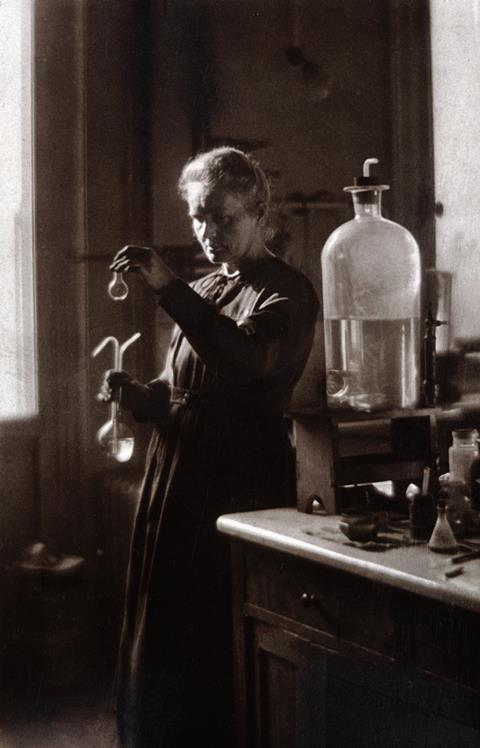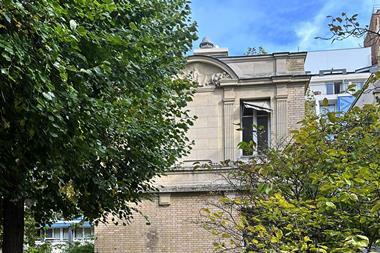The Parisian building in which Marie Skłodowska-Curie and her colleagues prepared and stored radioactive material is to be moved stone by stone to a location nearby to make way for a new cancer research centre.

The decision has put an end to a month-long argument between the Curie Institute – which is responsible for managing the site – and defenders of Parisian heritage about the future of the Pavillon des Sources which was set to be decontaminated and then demolished as part of a development project. The Pavillon des Sources will now become an enlarged wing of the Musée Curie and the new building, constructed in its place, will house the Chemical Biology and Cancer scientific project. The project has a budget of €17 million (£15 million) and is expected to open its doors in early 2026.
On 5 January the then minister of culture, Rima Adbul Malak, posted on X, formerly Twitter, that she had spoken with the president of the Curie Institute, Thierry Philip, and he had agreed to suspend the demolition of the Pavillon de Sources to ‘give himself time to examine … any possible alternative’.
The agreed alternative, as announced by the new minister of culture, Rachida Dati, on 31 January will see the Pavillon dismantled, decontaminated and reconstructed near to its current location. In a statement she said that the Pavillon de Sources was ‘at the convergence of two major issues’ – the memory of Marie Curie and the future of cancer research. ‘We have sought the best solution, which reconciles these two issues,’ she added. ‘The Pavillon des Sources will be preserved.’
‘It will be dismantled and reassembled stone to stone a few dozen metres [away], adjoining the museum which will be thus enlarged. It will thus be valued in an ambitious museum project, at the same time the scientific component of the project can be carried out, reinforcing Paris as being at the forefront of cancer research in Europe. Let us be proud to protect France’s scientific heritage.’
The Pavillon des Sources is one of three buildings that made up the Institut du Radium, which has since merged with the Curie Foundation to form the Curie Institute. The demolition plans were publicised by Baptiste Gianeselli, a defender of Parisian heritage who has been campaigning to preserve the building ever since.
Gianeselli told Chemistry World that the emotion that the campaign had aroused in France and abroad confirmed that Curie’s iconic status was ‘intact’ and that these historic sites were ‘important’. ‘We can already congratulate ourselves on the fact that our action has enabled us to put the memory of Marie Curie and the history of this site back on the map for the whole world to see,’ he says.
However, Gianeselli says he is not entirely happy with the agreement on the future of the building. ‘For me, moving is not preserving. This heritage makes sense in its location. But this decision has been taken and formalised by the highest authorities,’ he says.
Gianeselli says that the project was due to be ‘reworked’ and presented in detail in March 2024. ‘I have no idea how things will evolve… but we will of course remain vigilant. I’m in contact with Pierre and Marie Curie’s granddaughter, Hélène Langevin-Joliot, who has been asking for the site to be listed for 30 years. She wants to see what it’s all going to look like.’
According to Gianeselli, the culture minister had pledged to list the Pavillon des Sources. ‘But will she be able to do so if it has been moved? I doubt it. On the other hand, the Pavillon Curie, which today houses Marie Curie’s historic and authentic office, could be… and it’s about time!’

















No comments yet